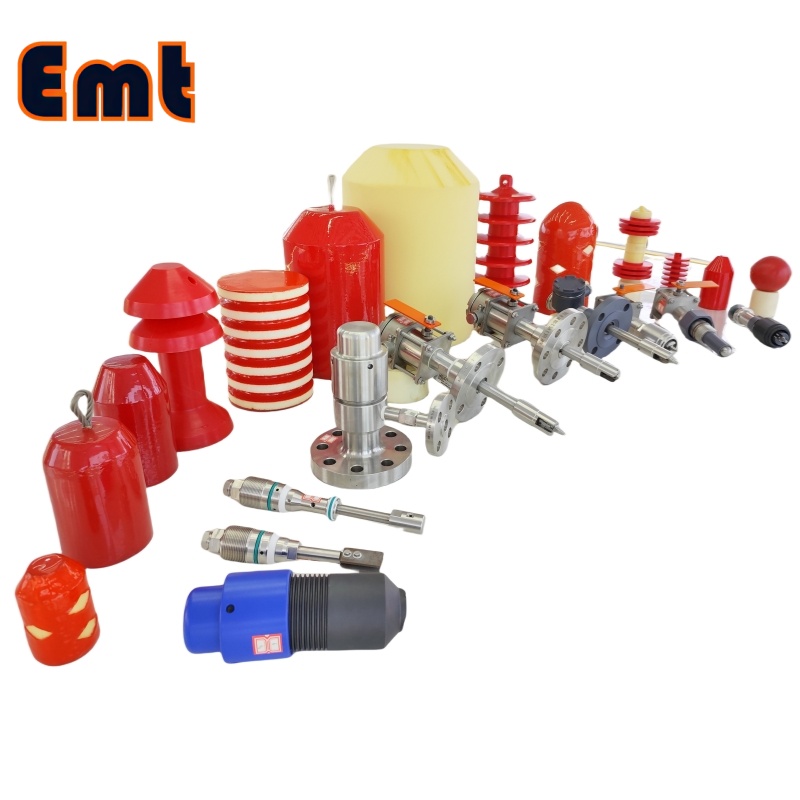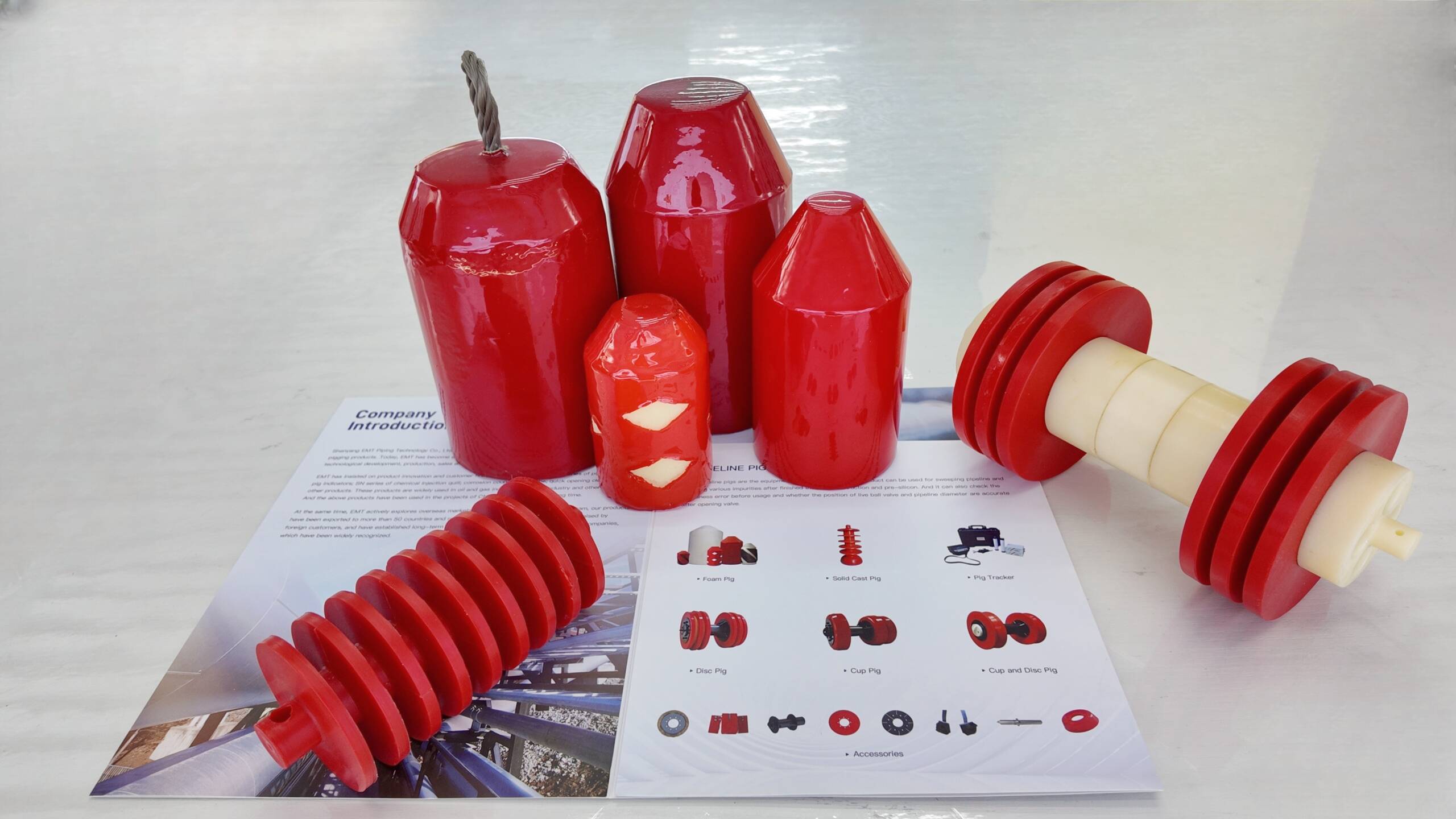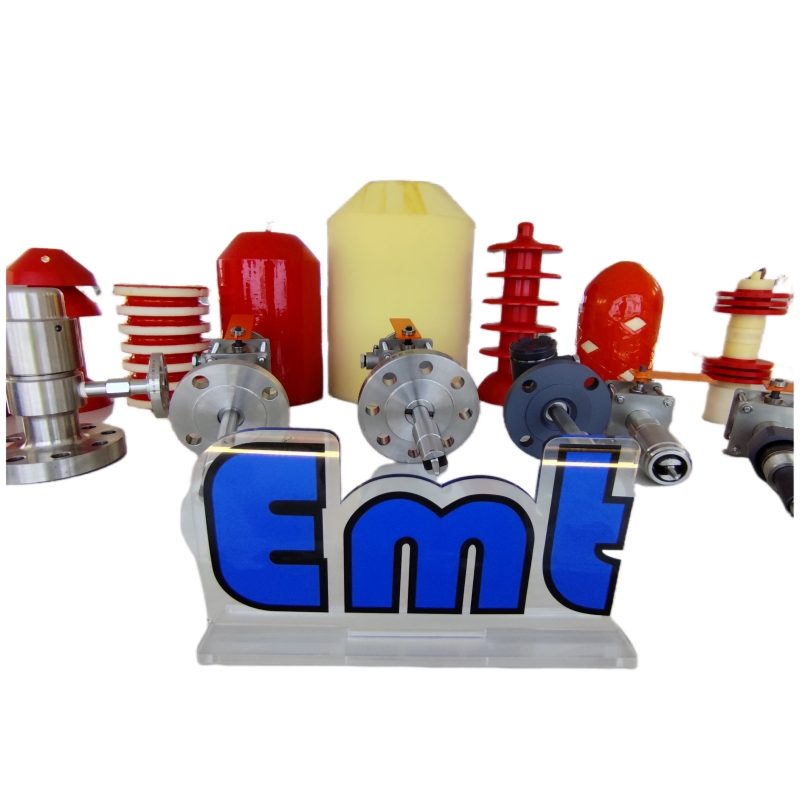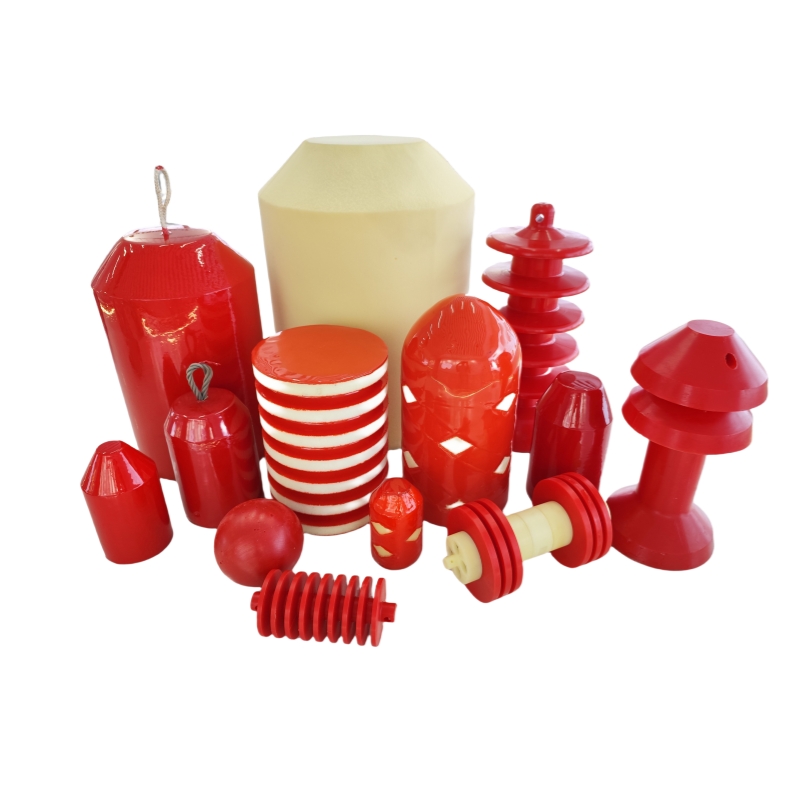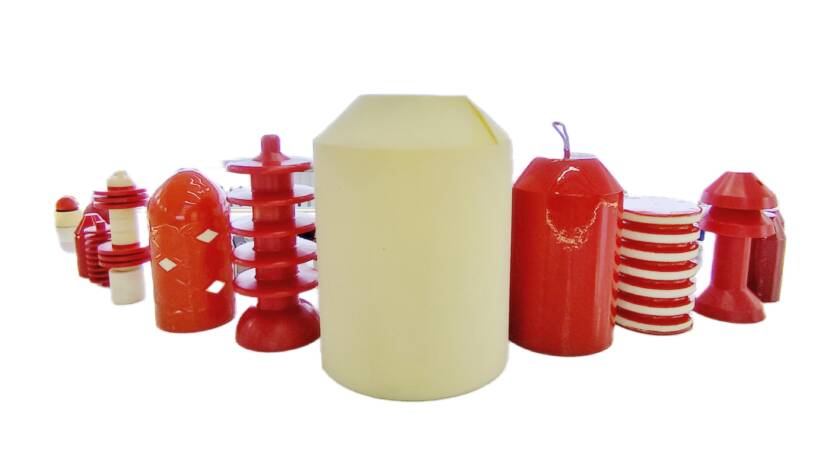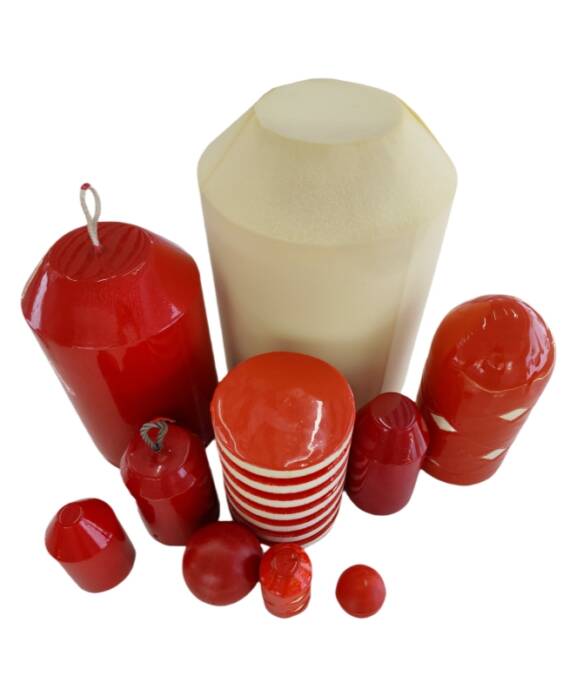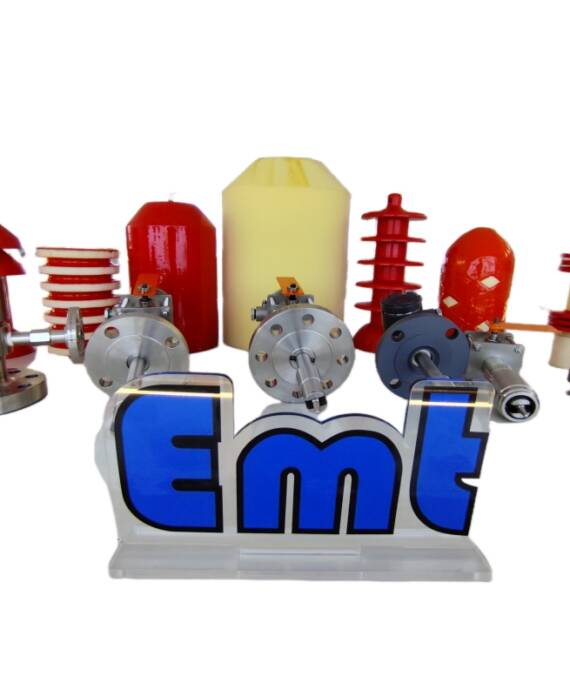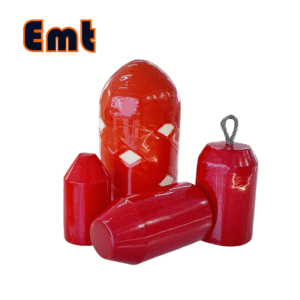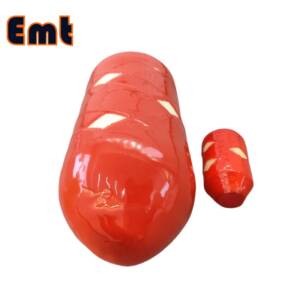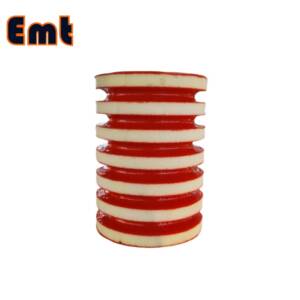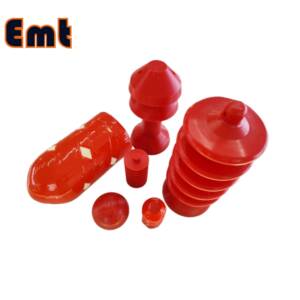Description
How to Clean Pipelines
How to clean pipelines is a common question for professionals in industries like oil and gas, water treatment, food processing, and chemical manufacturing. Regular pipeline cleaning is essential for maintaining flow efficiency, preventing blockages, reducing corrosion, and ensuring product quality.
In this guide, you’ll learn exactly how to clean pipelines using proven methods, tools, and best practices.
Why Pipeline Cleaning Is Important
Before diving into the process, it’s important to understand why pipeline cleaning matters. Over time, pipelines accumulate debris such as:
- Wax
- Scale
- Rust
- Microbial growth
- Product residue
If left untreated, these deposits can lead to reduced flow rates, contamination, corrosion, or even pipeline failure. That’s why knowing how to clean pipelines is crucial for safe and efficient operations.
How to Clean Pipelines: Step-by-Step Process
1. Inspect the Pipeline
Start by performing a thorough inspection:
- Identify the type and amount of buildup.
- Use smart pigs or internal cameras to assess the pipeline’s condition.
- Check for any obstructions or damage.
Tip: Document the pipeline’s layout, diameter, and length to determine the right cleaning method.
2. Select the Pipeline Cleaning Method
There are several ways to clean a pipeline. Choosing the right one depends on the type of buildup, pipeline material, and industry standards.
A. Mechanical Cleaning
Mechanical cleaning uses pipeline pigs to physically remove debris.
- Foam pigs: For drying and light cleaning.
- Brush pigs: For scrubbing scale or light corrosion.
- Scraper pigs: For removing wax, sludge, or heavy deposits.
B. Chemical Cleaning
Chemical cleaning dissolves and flushes out contaminants.
- Degreasers: Remove oil or grease.
- Descalers: Break down mineral scale and rust.
- Biocides: Kill bacteria and biofilm.
- Solvents: Dissolve waxes or paraffin.
- Surfactants: Lift and suspend particles for flushing.
C. Hydro Jetting (Water Jet Cleaning)
High-pressure water is used to blast away buildup, ideal for water and wastewater pipelines.
D. Combined Cleaning (Chem-Mechanical)
This method combines pigs and chemicals for deeper cleaning in pipelines with severe contamination.
3. Prepare the Pipeline for Cleaning
- Shut down or isolate the pipeline section.
- Install pig launchers and receivers if pigging is used.
- Ensure safety protocols and personal protective equipment (PPE) are in place.
4. Perform the Cleaning Operation
Pigging:
- Insert the pig into the launcher and pressurize it.
- Let it travel through the pipeline, scraping away debris.
- Retrieve the pig at the receiver and inspect it.
Chemical Cleaning:
- Circulate the chemical solution through the pipeline.
- Allow time for soaking or reaction.
- Flush out the chemicals with water or gas.
Hydro Jetting:
- Insert the jet hose.
- Apply high-pressure water pulses.
- Collect and dispose of wastewater in compliance with regulations.
5. Dry and Flush the Pipeline
After cleaning, it’s important to dry the pipeline to prevent corrosion or contamination.
- Use air blowing or nitrogen purging to remove moisture.
- Ensure the pipeline is clean and dry before resuming operations.
6. Inspect and Verify
- Conduct a post-cleaning inspection using pigs or cameras.
- Check flow rates and pressure levels to confirm system performance.
- Maintain cleaning records for compliance and maintenance planning.
Tools and Materials for Pipeline Cleaning
| Tool/Material | Purpose |
|---|---|
| Foam Pig | Light cleaning and drying |
| Brush Pig | Scrubbing and scale removal |
| Solvent or Degreaser | Removing hydrocarbons and grease |
| Biocide | Eliminating microbial contaminants |
| Hydro Jet | High-pressure water cleaning |
| Air Compressor | Drying pipelines after cleaning |
Who Needs to Know How to Clean Pipelines?
This guide is useful for operators and technicians in:
- Oil & Gas
- Water & Wastewater
- Food & Beverage
- Chemical Manufacturing
- Pharmaceutical Industries
Knowing how to clean pipelines properly helps improve safety, enhance flow efficiency, and extend system lifespan.
Final Thoughts on How to Clean Pipelines
Learning how to clean pipelines is essential for anyone responsible for pipeline maintenance. Whether you’re using mechanical pigs, chemical solutions, or hydro jetting, following a structured cleaning process ensures the system remains safe, clean, and efficient.
For ongoing maintenance, create a regular cleaning schedule based on product type and pipeline usage. And if you’re unsure about the right method, consult a professional pipeline cleaning service.


